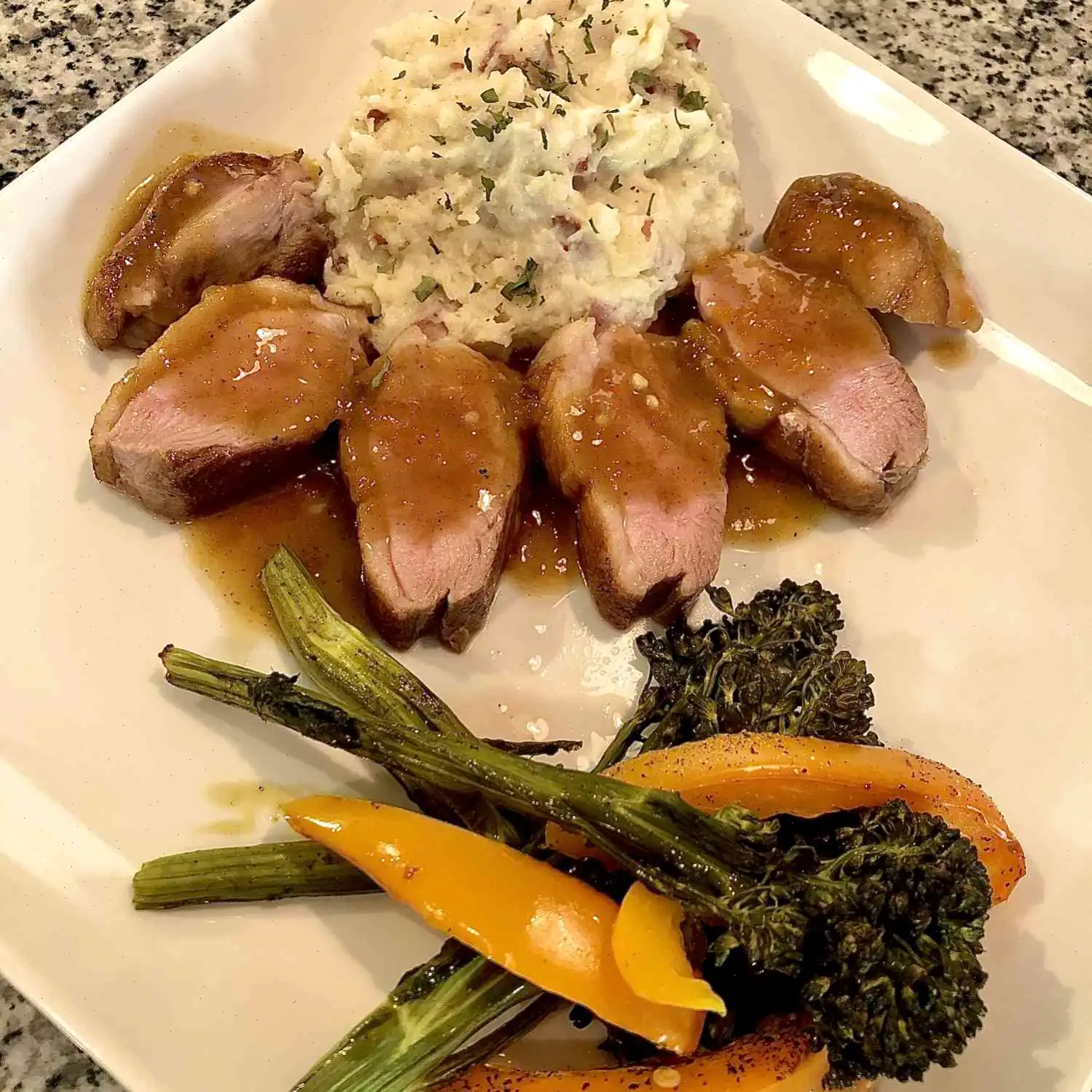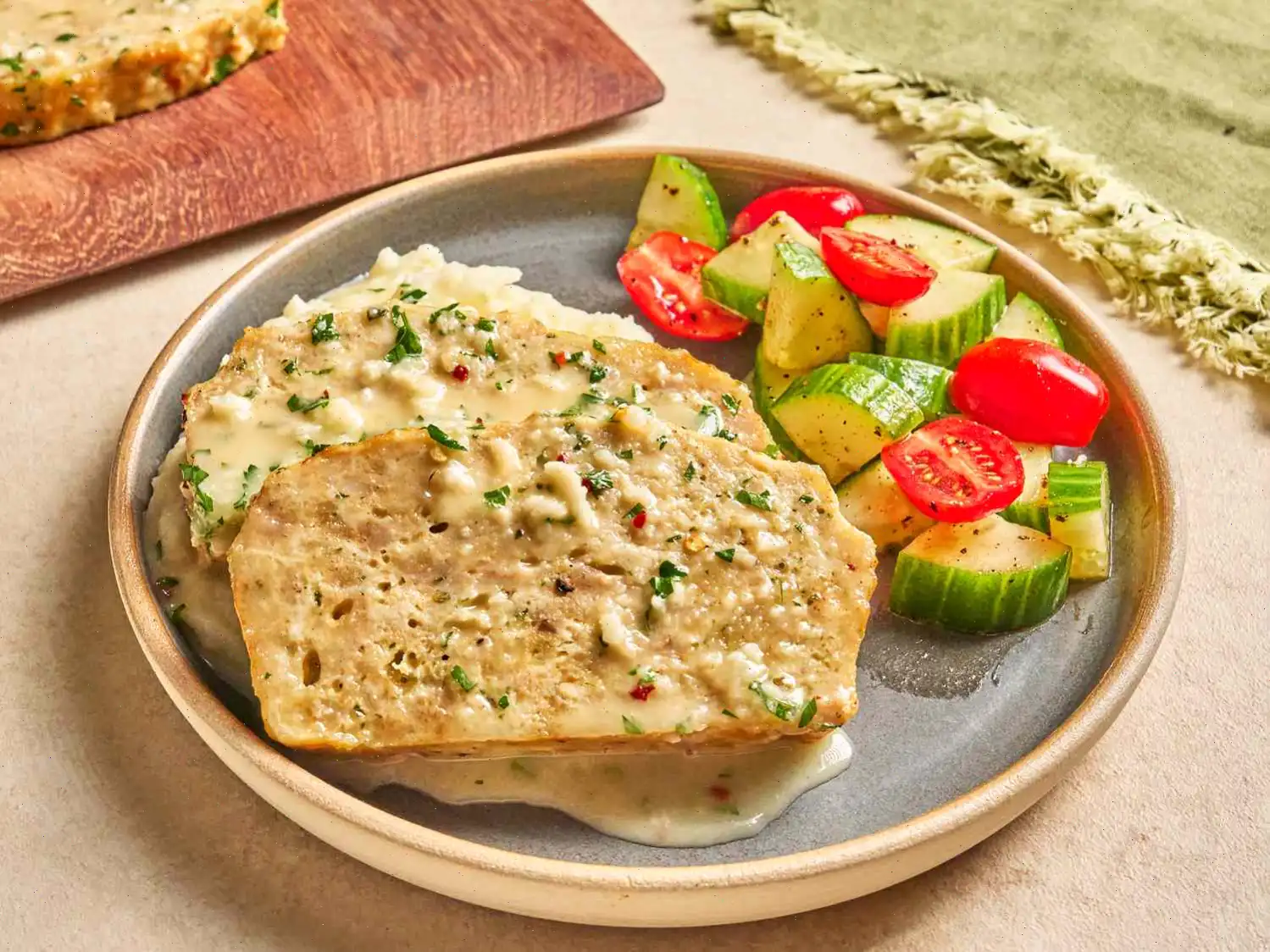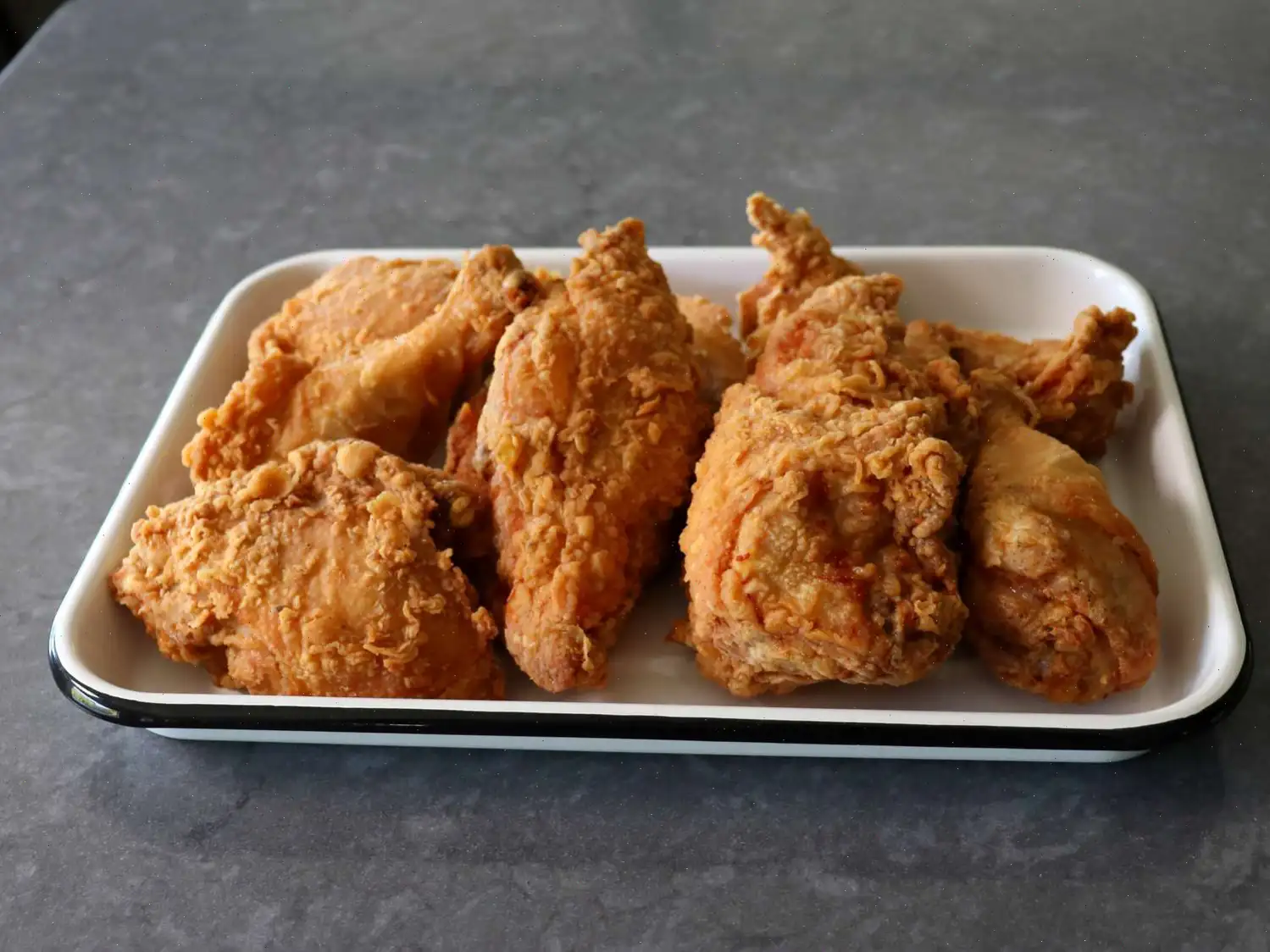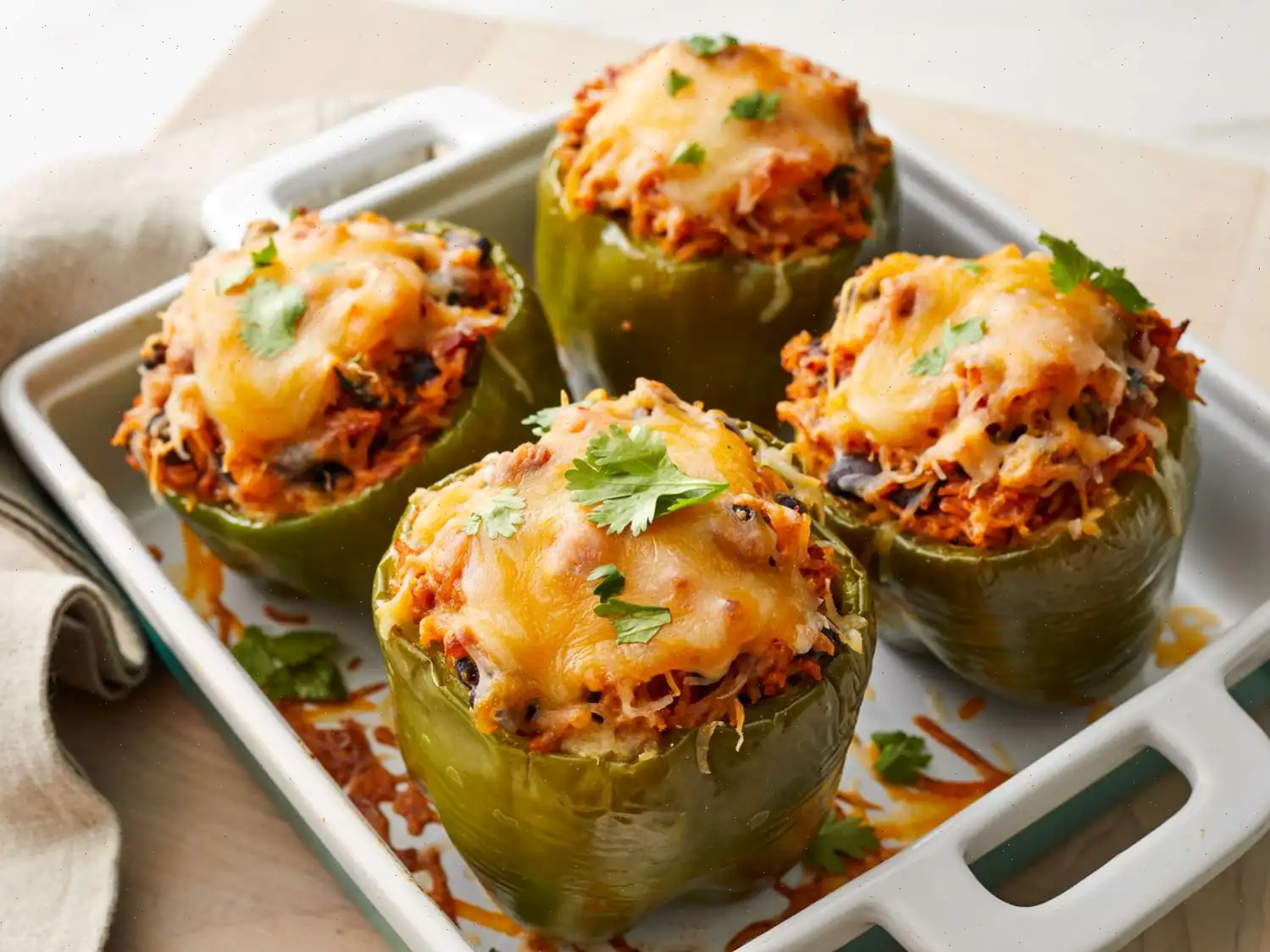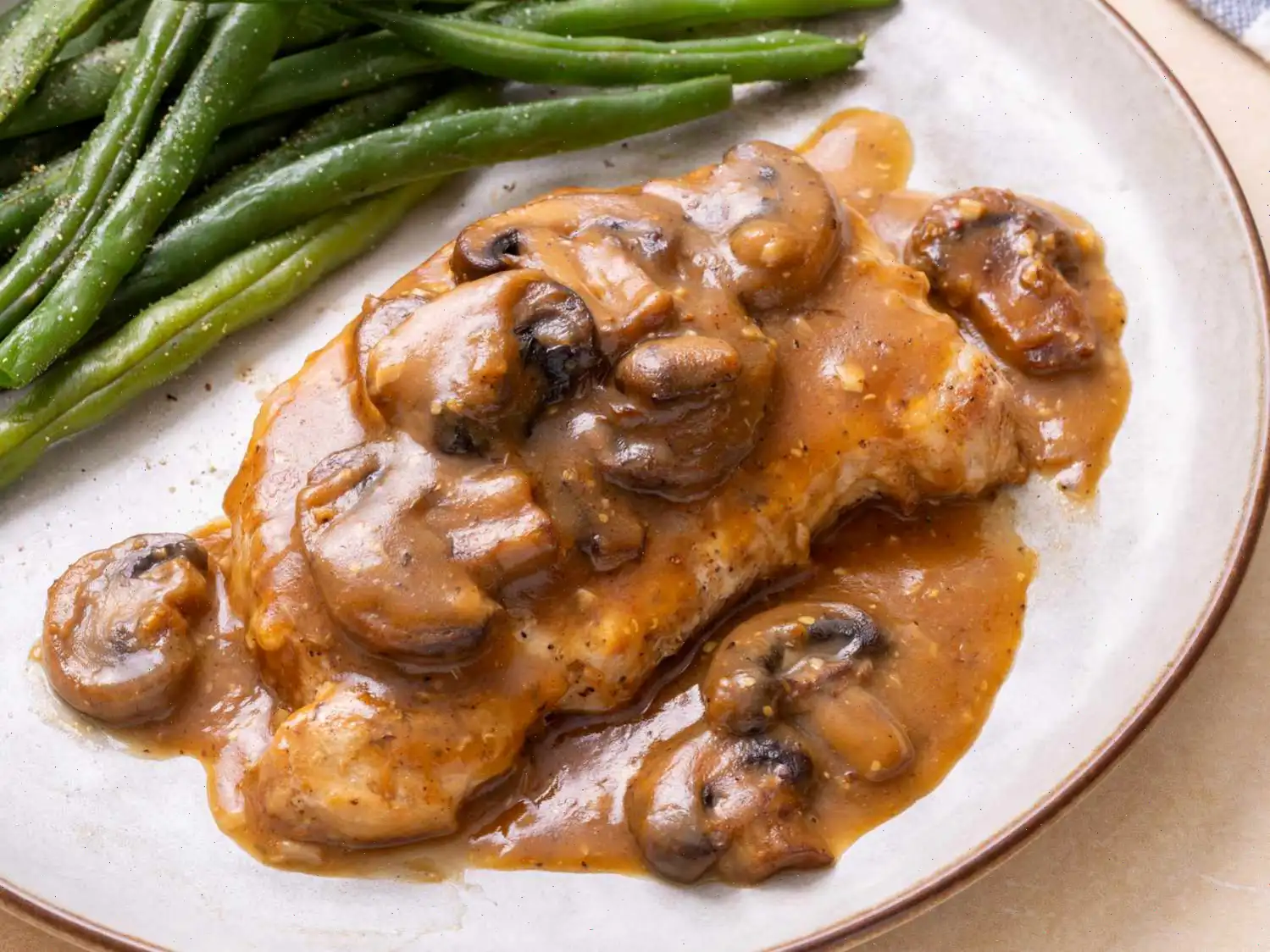
Duck à l'Orange Recipe
Duck Breast with Orange Sauce
Ingredients
- 2 duck breast halves
- Salt to taste
- 1 cup chicken broth
- 2 tablespoons orange liqueur (such as Grand Marnier)
- 1 tablespoon sherry vinegar
- 1 tablespoon Seville orange marmalade (or more to taste)
- 2 teaspoons grated orange zest
- 1 pinch cayenne pepper
- 1 tablespoon reserved duck fat
- 1 teaspoon all-purpose flour
- 1 tablespoon butter
Directions
Step 1: Score the skin of the duck breasts almost all the way through the skin and fat in a crisscross pattern. Season generously with salt and rub it into each breast. Let the duck rest, skin-side up, at room temperature for 15 minutes.
Step 2: In a small bowl, whisk together the chicken broth, orange liqueur, sherry vinegar, orange marmalade, orange zest, and cayenne pepper.
Step 3: Pat the duck breasts dry with paper towels. Re-season the skin side of the breasts with salt.
Step 4: Heat the duck fat in a heavy skillet over medium heat for 2 minutes. Place the duck breasts skin-side down in the skillet and cook for 6 minutes.
Step 5: Flip the duck breasts and cook for an additional 4 minutes, or until they start to firm up and are reddish-pink and juicy in the center. The internal temperature should reach 140F (60C) when checked with an instant-read thermometer. Remove the breasts from the skillet and transfer to a plate to rest.
Step 6: Pour any rendered duck fat from the skillet into a glass jar. Return the skillet to medium heat and whisk in the flour. Cook and stir for about 1 minute until the flour is fully incorporated.
Step 7: Pour the prepared orange mixture into the skillet and bring it to a boil. Cook the sauce for 3 to 5 minutes, allowing it to thicken and reduce.
Step 8: Once the sauce stops bubbling, reduce the heat to low. Add the butter and stir until it is completely melted and incorporated into the sauce, about 1 minute. Season the sauce with salt to taste.
Step 9: Slice the duck breasts across the grain and arrange them on a plate. Spoon the orange sauce over the top and serve.
Recipe Tip
You can substitute vegetable oil for the duck fat if necessary.
Nutrition Facts (per serving)
- Calories: 354
- Total Fat: 21g (27% DV)
- Saturated Fat: 8g (40% DV)
- Cholesterol: 130mg (43% DV)
- Sodium: 593mg (26% DV)
- Total Carbohydrate: 15g (5% DV)
- Dietary Fiber: 0g (1% DV)
- Total Sugars: 12g
- Protein: 20g (40% DV)
- Vitamin C: 5mg (6% DV)
- Calcium: 16mg (1% DV)
- Iron: 3mg (14% DV)
- Potassium: 19mg (0% DV)
The Story Behind Duck l'Orange
Duck l'Orange is a classic French dish that has charmed gourmets for centuries. Its origins trace back to the 16th and 17th centuries, when French chefs began experimenting with pairing rich, fatty meats with sweet and tangy fruits. While the exact inventor is unknown, the dish became firmly established in French haute cuisine by the 19th century. Traditionally, it was a specialty served in noble households, showcasing both culinary skill and the luxury of exotic ingredients like oranges and fine liqueurs.
Regional Variations
While the essence of Duck l'Orange remains consistent, different regions of France add their own touches. In Parisian cuisine, the sauce is typically more refined and slightly sweeter, emphasizing the marmalade and wine reduction. In southwestern France, chefs often incorporate local spirits such as Armagnac to give the sauce a deeper, earthy complexity. Some coastal regions may add citrus zest from Seville oranges, giving the dish a distinctively bright aroma, while rural interpretations might feature a more rustic approach, using roasted whole ducks rather than just the breasts.
How It Differs from Similar Dishes
Duck l'Orange is often compared to other poultry with fruit sauces, such as Peking duck or chicken with citrus glaze. However, its defining characteristics are the balance of sweet and acidic orange sauce with the rich, gamey flavor of duck. Unlike Peking duck, which relies on crispy skin and hoisin sauce, Duck l'Orange focuses on a velvety, buttery sauce that complements the meat without overpowering it. Chicken l'Orange uses a milder poultry, so the duck version delivers a more robust, savory depth.
Typical Occasions and Serving Suggestions
This dish is most commonly served at formal dinners or festive gatherings, particularly around holidays or celebratory meals. It pairs beautifully with roasted root vegetables, lightly sauted greens, or creamy mashed potatoes. Wine lovers often choose a medium-bodied red such as Pinot Noir or a crisp white like Sauvignon Blanc to balance the richness of the duck and the citrusy tang of the sauce. Fine dining restaurants frequently feature it as a signature entre, sometimes garnished with candied orange peel for an elegant presentation.
Interesting Facts
- Despite its French heritage, the concept of pairing poultry with citrus appears in multiple global cuisines, highlighting the universal appeal of sweet and savory combinations.
- Traditional recipes often used whole ducks, but modern interpretations frequently utilize duck breasts for faster cooking without compromising flavor.
- The dish was once considered a mark of culinary sophistication, appearing in the menus of the legendary chefs of 19th-century Paris and spreading to international haute cuisine.
- Orange liqueurs like Grand Marnier are now commonly used to add depth and aroma to the sauce, an evolution from the simpler sugar-and-juice bases of early versions.
- Although the dish is rich, careful preparationscoring the skin, rendering the fat, and balancing sweetness with acidityensures a tender, flavorful result that continues to delight diners worldwide.
You can listen to this recipe in AI audio format. Simply click the play button below to listen to the content in a format that suits you best. It’s a great way to absorb information on the go!
FAQ about Duck à l'Orange Recipe
Comments
Donald Garcia
09/11/2023 09:10:01 AM
Outstanding experience! After struggling with roasting a whole duck in the past, I decided to try using boneless duck breasts from Mary's brand located in Petaluma, California. Following a new recipe led to a flawless outcome - the duck was juicy, tender, and flavorful. The accompanying sauce was delicately sweet and complemented the dish perfectly. I paired the duck with roasted winter squash, purple potatoes, and a steamed artichoke for a lovely dinner. Despite initial concerns about cooking times, allowing the duck to rest in a warm oven while preparing the sauce proved to be a successful strategy. I only regret not capturing a photo of the delicious meal!
Kimberly Collins
05/01/2024 02:40:12 AM
Being gluten free, I made some modifications to the recipe. Instead of using flour and butter, I deglazed the pan directly with the mixture and used a corn starch slurry to thicken it towards the end. I served it with steamed Brussels sprouts and carrots for a lighter meal. For a more substantial meal, I would also pair it with mashed potatoes or jasmine rice. I made sure to keep the sides mild to complement the delicate flavors of the duck and glaze.
Anthony Walker
09/05/2022 09:05:20 PM
I have cooked this amazing recipe twice now, following the instructions to a tee except for cooking the duck to 130°F instead of 140°F - it turned out perfectly medium-rare and was absolutely delicious. In my most recent try, I had a brief moment of forgetfulness and accidentally added the sauce mixture to the skillet before making the roux. I had to improvise by adding the flour as a paste later on, but the dish still turned out fantastic.
Amy Torres
03/15/2025 01:16:11 AM
This was my first attempt at cooking duck, and I was pleasantly surprised by how tender the meat turned out to be. The sauce was particularly delicious, not overly sweet, which suited my taste perfectly. One thing I'll keep in mind for next time is to use a splatter screen to minimize the mess, and to remember to remove the fat from the breast before slicing, as it's not something we enjoy eating and can be difficult to distinguish beneath the sauce.
Stephanie Ramirez
01/29/2024 08:36:44 PM
Wonderfully tasty outcome achieved through easy-to-follow cooking instructions. Served it to dinner guests and they all loved it. Definitely recommended.
Ruth Young
07/25/2024 06:12:03 AM
I enhanced the dish with apricot jam and plum sauce, along with extra garlic. It turned out really delicious.


